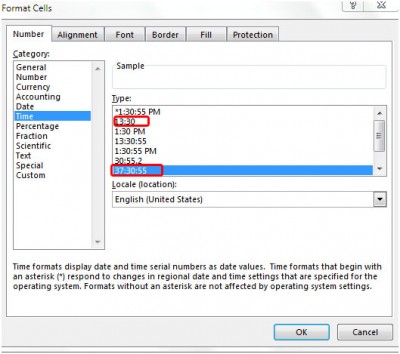
Since the Syslog protocol is supported by a wide swath of devices, they can conveniently log information into the Syslog server. The data can then be analyzed for system monitoring, network maintenance and more. Syslog servers are used to send diagnostic and monitoring data. (Image via Wikimedia Commons) Syslog Servers Since the process is automated, the IT team will get immediate notifications of there is a sudden failure of any of the devices.

There are also alarms that give instant notifications for events such as:įurthermore, alarms can be set up to send notifications via SMS, pop-up messages, email, HTTP and more. In addition, applications can be configured to send messages to several destinations. Syslog transport (transmits the messages).Syslog application (generates, interprets, routes and stores messages).Syslog content (information contained in an event message).There are three different layers within the Syslog standard, which are: If you wanted, you could show all of the critical log messages from a firewall. You can also use the filter to avoid seeing certain types of entries through the Negative Filter rule. To illustrate, it can extract messages based on specific parameters such as a critical event or device name. The syslog server needs help to automate the work, as well as to filter to view specified log messages.


Since 2009, syslog has been standardized by the IETF in RFC 5424. Although, syslog servers do not send back an acknowledgment of receipt of the messages. Syslog uses the User Datagram Protocol (UDP), port 514, to communicate. The messages are sent across IP networks to the event message collectors or syslog servers. The Syslog protocol was initially written by Eric Allman and is defined in RFC 3164. Syslog was designed to monitor network devices and systems to send out notification messages if there are any issues with functioning–it also sends out alerts for pre-notified events and monitors suspicious activity via the change log/event log of participating network devices. In terms of its built-in severity level, it can communicate a range between level 0, an Emergency, level 5, a Warning, System Unstable, critical and level 6 and 7 which are Informational and Debugging. The messages include time stamps, event messages, severity, host IP addresses, diagnostics and more. Syslog is a standard for sending and receiving notification messages–in a particular format–from various network devices.


 0 kommentar(er)
0 kommentar(er)
